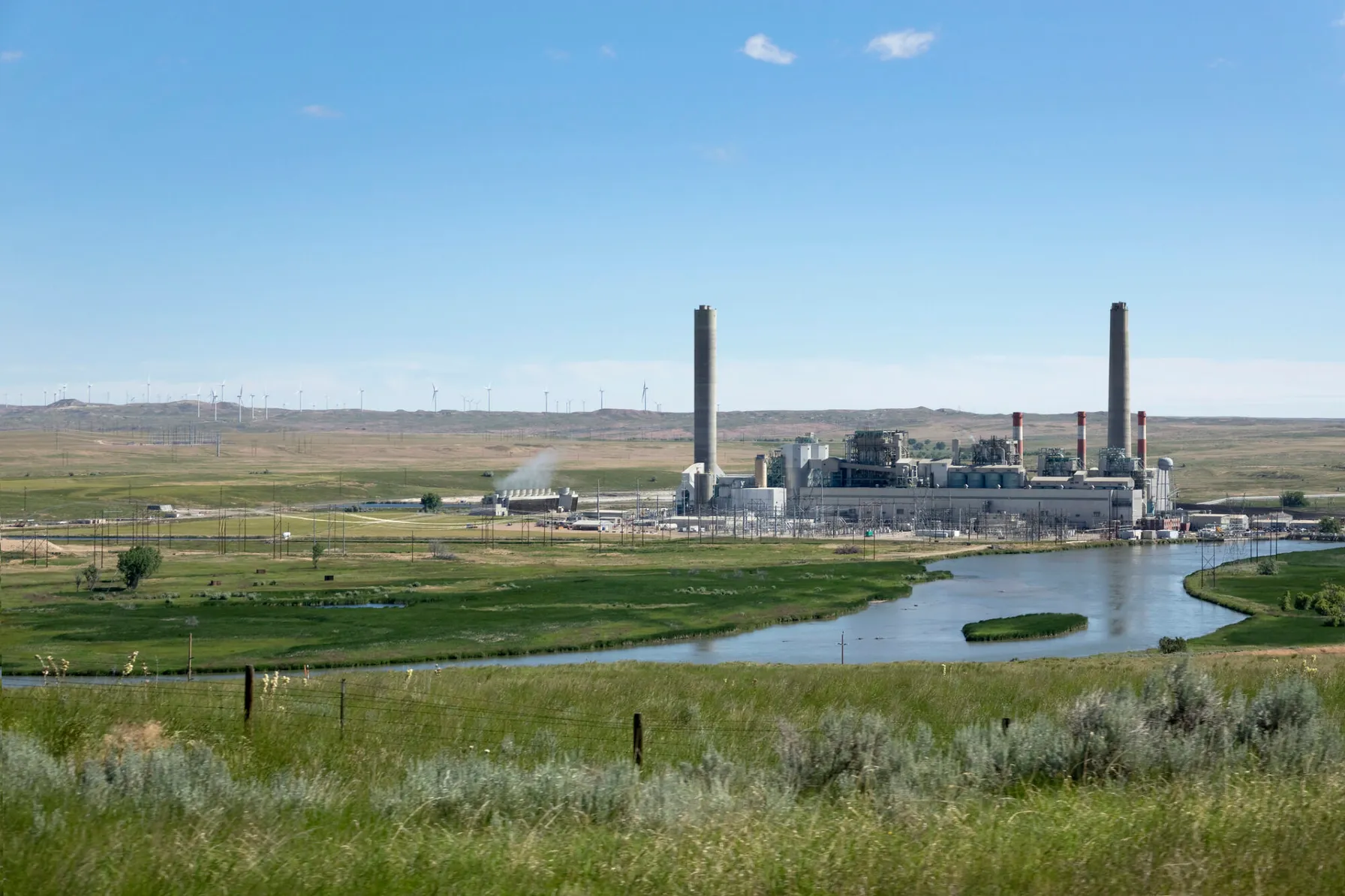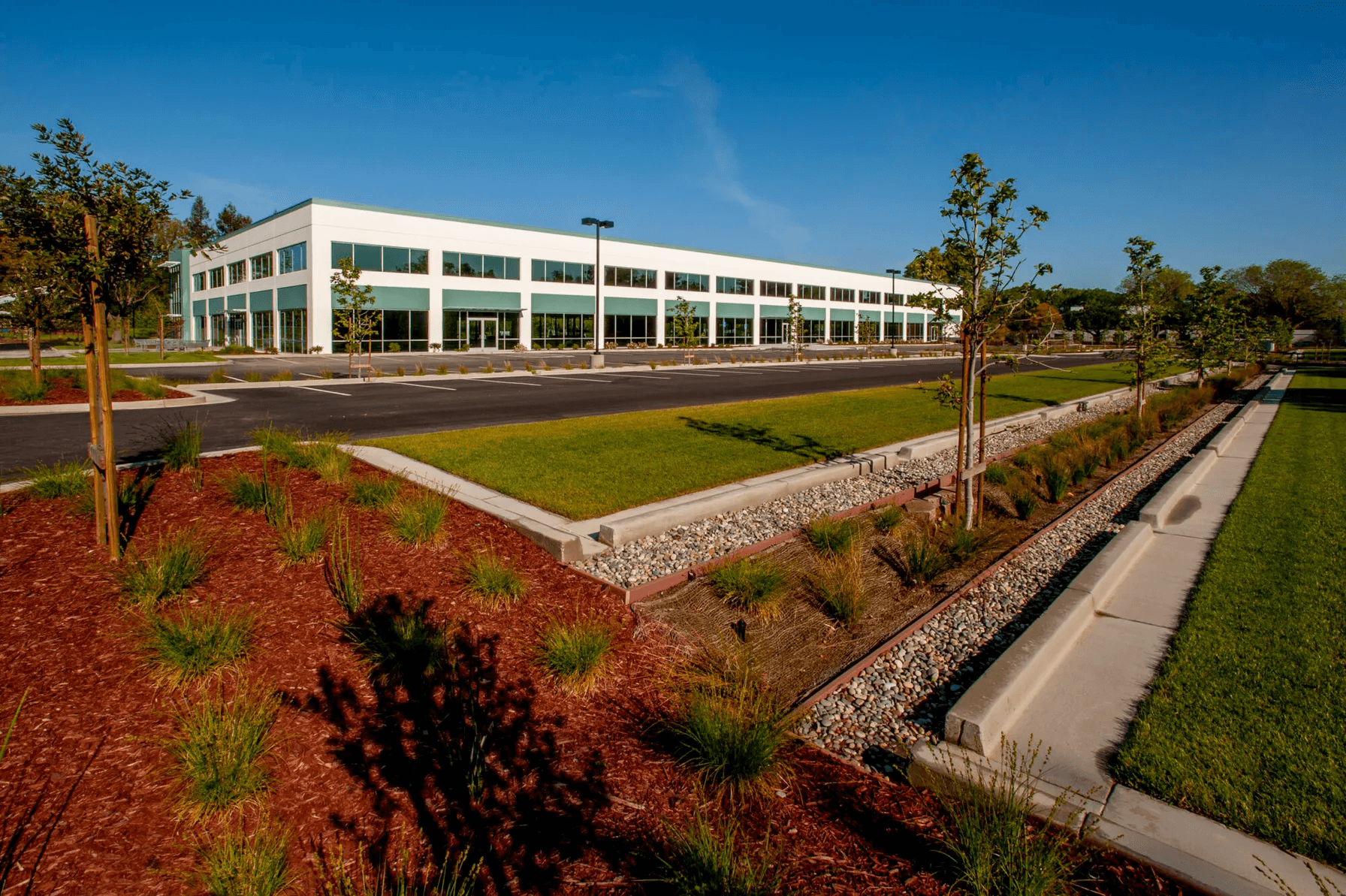The grant application reviewer wants to see that the applicant has conducted a preliminary needs assessment of the region and has a clear understanding of the area’s needs and expectations, and how the proposed project will clearly address them. A community assessment involves gathering data, such as demographic information, statistics on poverty or health and information on existing programs or services.
Connecting Project Benefits to Disadvantaged Communities
TRC provides comprehensive Community Benefits Plans (CBPs) support for Justice40-covered projects.
High quality CBPs are critical in obtaining certain highly sought after federal grants. As a trusted partner, we offer end-to-end solutions that can include concept paper and CBP development, plan implementation and tracking of complex benefits.
Through the Infrastructure Investment and Jobs Act (IIJA) and the Inflation Reduction Act (IRA) Congress has allocated billions of dollars to modernize infrastructure and invest in new and exciting technologies. Federal funding will be released through a series of grants, many of which will have a Justice40 component. The Justice40 Initiative requires a minimum of 40 percent of the “overall benefits” of certain federally funded programs flow to disadvantaged communities (DACs). DACs are Census tracts that have been identified through the White House Council on Environmental Quality’s Climate and Economic Justice Screening Tool (CEJST).
CBPs typically represent 20 percent of the overall scoring for competitive grant applications that fall under Justice40. Therefore, the CBP is vital to the success of the proposal. All Justice40 requirements should be addressed by outlining the anticipated roadmap for stakeholder identification and engagement, along with specific advantages, such as jobs, tax revenues, environmental benefits and infrastructure improvements, that a DAC can anticipate through the proposed project.
Example Roadmap for Justice40 Funded Projects
TRC’s Winning Approach to CBPs
Developing community benefit plans is complex and requires a range of expertise and attention to detail. At TRC, we develop thorough, well-researched plans with guidance from community organizations, allowing us to find the ideal solution for a variety of urban, rural, public and private communities throughout the United States.
As you advance in your project, a CBP will provide a roadmap to ensure meaningful engagement among stakeholders, suppliers, workers and, above all, the communities you serve. Our comprehensive community benefit plans include these components:
- Targeted Community Assessment
- Clear benefits
- Measurable impacts
- Mapping and Modeling
- Stakeholder Engagement
TRC’s CBP-focused skillsets and tools can help you manage all of these components.We collaborate among disciplines to facilitate the efficient submission of other required materials, including the Environmental Considerations Summary.
Compelling community benefits plans offer clear visions of project benefits and how they will accrue and minimize the negative impacts disadvantaged communities face. Implementing timelines, strategies and milestones, ensures clear, meaningful and actionable goals like a more diverse and inclusive workplace or fueling more high-quality jobs.
Certain projects and grant applications benefit from a comprehensive review of local workforce readiness, project workforce skills requirements and overall economic impact. Evaluating a project’s impact, specifically through Economic Impact Analysis, allows a CBP to tell the story of positive effects a project or facility can have on the local economy. Economic Impact Analysis provides insight to guide workforce development plans and quantify direct, indirect and induced project impacts. This way, a client can confidently say how much money developing client’s project will inject into a community.
TRC’s AnalyzEJ tool allows for swift and thorough analysis of study areas for the presence of DACs and production of figures, creating a more impactful CBP. This Esri-based mapping tool features custom layers designed to support CBP and Justice40 development. By identifying and assessing existing community demographics and burdens among community demographics, the AnalyzEJ tool can link funding opportunities to enhance community benefit plans.
TRC’s in-depth research facilitates connections with local labor groups, concerned citizens groups, and other key community members. TRC is dedicated to ensuring that as the project progresses, there is a roadmap for the client to get to know the community and for the community to learn about the client. Ultimately, the community’s involvement will build trust and support for the project among members, encouraging its success. By incorporating Specific, Measurable, Achievable, Relevant and Time-Bound (SMART) goals, CBPs provide opportunities for accountability and transparency.
Work does not stop with the development of the CBP. TRC supports the critical CBP implementation to help project teams build lasting relationships within host communities. Additionally, TRC provides expertise to quantify and track the benefits from projects to meet grant funding requirements. A consistent approach to benefits tracking also promotes community confidence, by using interim reporting to ensure accountability allowing for more frequent and effective community outreach. TRC provides insights from project-specific jobs and wage data (from client and vendors), economic impact modeling, publicly available Census data, DACs from CEQ’s Climate and Economic Justice Screening Tool, and Department of Energy’s Community Reporter and agency frameworks.
Contact Our Expert:
Diane Reilly, Director of Economics and Environment
Ms. Reilly has over 25 years of experience in environmental consulting as an Economist and leads TRC’s Environmental Justice CORE team. She supports TRC’s clients through socioeconomic and environmental justice analyses, helping them proactively identify challenges and navigate regulatory requirements. She works alongside other subject matter experts to provide integrated services involving technical studies, public engagement plans, agency consultation, tribal coordination, and environmental compliance strategy and support services. Ms. Reilly also specializes in economic impact analyses and evaluates socioeconomic and recreational impacts. She has extensive NEPA experience, having authored EA and EIS sections for FERC, USACE, FRA, FHWA and NPS. Contact Diane at DReilly@trccompanies.com.


Gain
Peace-of-Mind
Partner With TRC’s Tested Practitioners





















